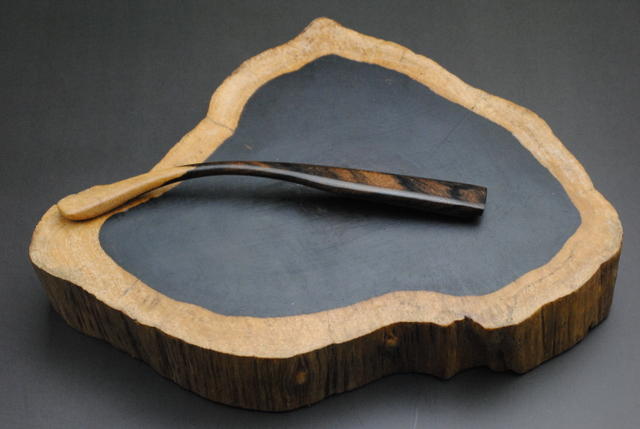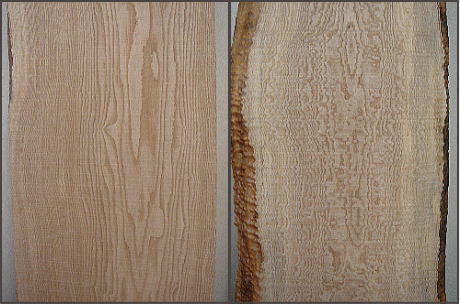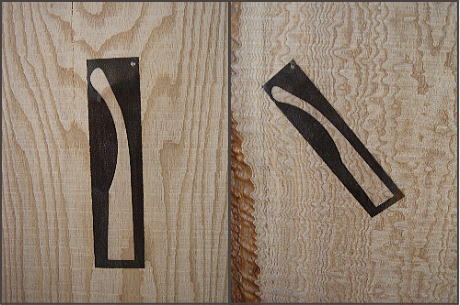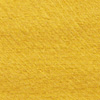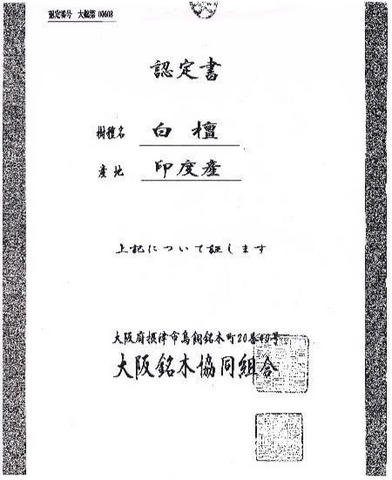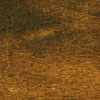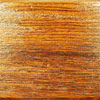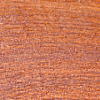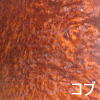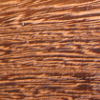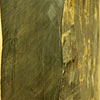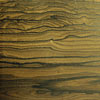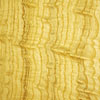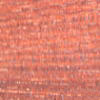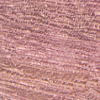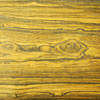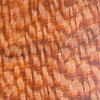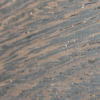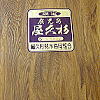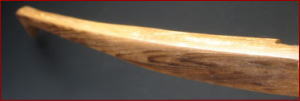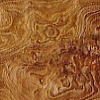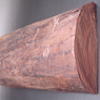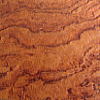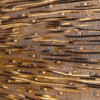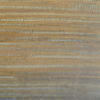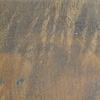It takes more than 3 days to produce one.
One is to design all the designs in advance and to manufacture them
according to the drawing. The other way is to decide only "lens design" first,
the remaining design is to think while making it.
The difficulty in making wooden eyeglass frames is that wood grain
and color are never uniform.
While cutting and processing "knots" and "cracks" often come out,
we will avoid making that place usually. However, contrary to that,
beautiful wood grain and geometric color that we do not anticipate
may rarely appear suddenly. In that case, we may make it
while changing the design to make the best use of
"beautiful design created by nature".
Wooden eyeglass frames that are said to have about 100 or more
processes are handmade by experienced spectacle craftmen.
It takes at least 3 days for a single wooden glasses frame.
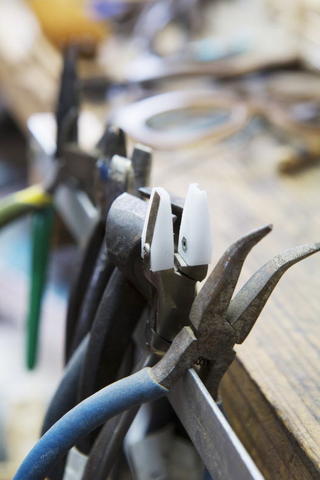 |


.png)


